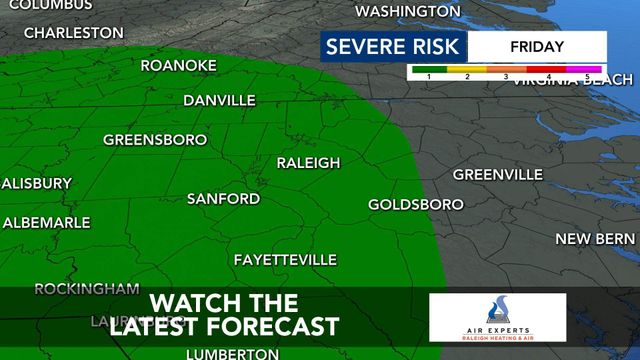Rare comet to make its closest approach to Earth in 50,000 years

An icy visitor from the distant solar system is passing through our neighborhood.
Long period comet C/2022 E3 (ZTF) is viewable with a moderate-sized telescope right now and if its trend in brightening continues, it should be easily spotted in binoculars and possibly with the naked eye in sufficiently dark skies.
This comet was discovered on March 2, 2022 at CalTech's Palomar Observatory near San Diego by the Zwicky Transient Facility, a 48-inch telescope and camera system designed to scan the entire sky looking for events like star collisions and moving objects like asteroids and comets.

You might remember Comet C/2021 A1 (Leonard) visible the pre-dawn hours of December 2021, or Comet C/2020 F3 (NEOWISE) in July 2020 which survived its close encounter with the Sun long enough to provide some evening viewing as well.
Viewing C/2022 E3 (ZTF) is expected to fall somewhere in between. Not as bright as NEOWISE but easier to see than Leonard.
The challenge in observing comets is that they are most visible when they are closest to the Sun as evaporating ice ejects dust creating a tail that is lit by the Sun. When objects in the sky are closest to the Sun, they are also low on the horizon near sunrise, causing them to get lost in the Sun's glare.
This is one thing Comet ZTF has going for it. Its journey through the solar system takes it along a path which is much higher in our sky, keeping it above the horizon during the darkest hours of the early morning.
Viewing tips
To see C/2022 E3 (ZTF) look to the northeast in the hours before sunrise. Unlike previous comets, this one currently has a very compact comma, the glowing cloud of gas immediately around the comet and a short, thin tail.
The comet will be a little higher than about halfway between the horizon and directly overhead (Zenith). Look between the constellations Corona Borealis and Hercules.

The comet will move northward throughout the month.
As it reaches its closest point to the sun on January 12, it will be about halfway between Hercules' left hand and C-shaped corona borealis constellation. Over the next week the comet will move between Hercules and hopefully brighten even more as it grows closer.
The best time may be on Jan. 26 when it the comet appears above the big dipper though Feb. 2 when Comet C/2022 E3 (ZTF) is at its closest to Earth.
The comet is around magnitude 7.6 and the hope is that it will reach magnitude 6, more than quadrupling its brightness.








